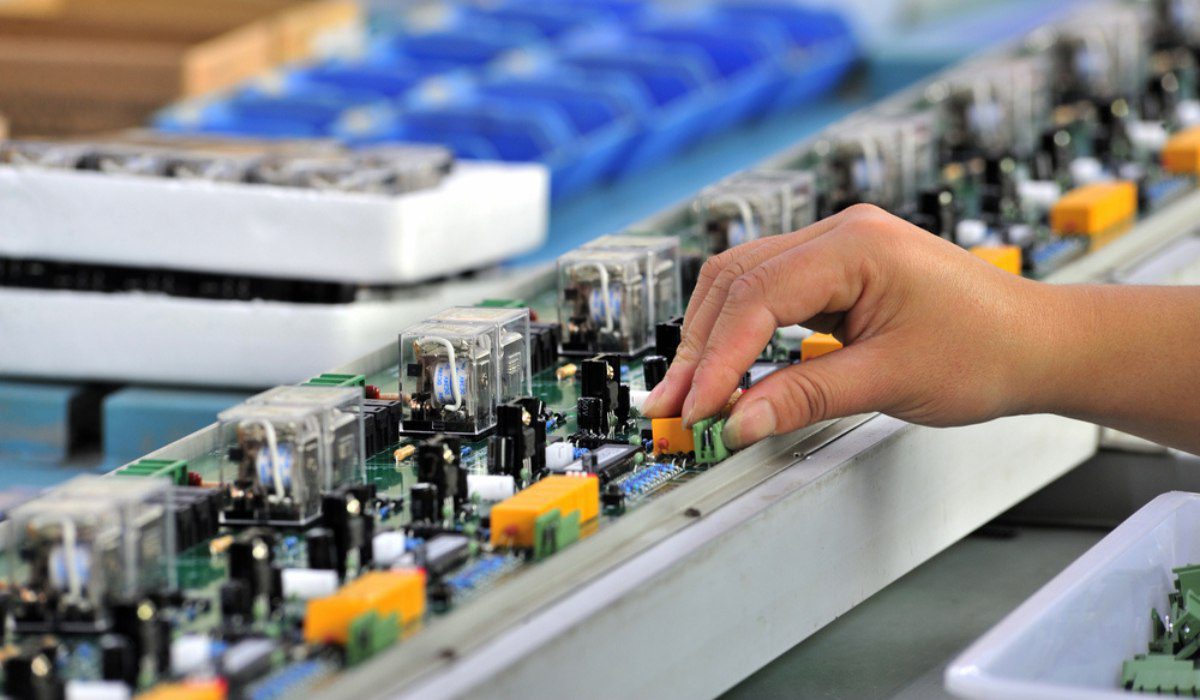When it comes to powering modern commercial and industrial facilities, a reliable and flexible power distribution network is non-negotiable. Busbar trunking systems (BTS) have emerged as the go-to solution for industries that demand scalability, safety, and ease of maintenance. In this article, we’ll walk you through everything you need to know to select the ideal busbar trunking system for your business infrastructure—drawing on insights from Manikaran Enterprises, a leading specialist in electrical solutions.
Understanding Busbar Trunking Systems
A busbar trunking system is essentially a modular assembly of busbars—rigid copper or aluminum conductors—enclosed within a protective casing. Unlike traditional cabling, busbar trunking allows for higher current densities, reduced voltage drop, and a streamlined installation process. Key advantages include:
Space Efficiency: Slimmer profiles and the elimination of cable trays save valuable floor and ceiling space.
Enhanced Safety: Factory-tested joints and robust enclosures reduce the risk of electrical faults.
Scalability: Tap-off points can be added or moved without major rework, accommodating future expansions.
Cost Savings: Lower installation labor and reduced material wastage translate to long-term savings.
Assessing Your Power Requirements
Before you select a busbar system, conduct a thorough power audit of your facility. Consider:
Peak Load Levels: Identify both current and projected load demands. Oversizing can safeguard against future growth, while undersizing risks overloads.
Voltage Class: BTS are available in low (up to 1 kV), medium (1–35 kV), and high voltage variants. Choose the class that aligns with your incoming supply.
Short-Circuit Withstand: Ensure the system’s fault-level rating exceeds the highest potential short-circuit current at the point of installation.
Environmental and Installation Factors
The operating environment plays a pivotal role in specifying the right trunking system:
Indoor vs. Outdoor: Outdoor installations require weatherproof and UV-resistant enclosures.
Corrosive Atmospheres: Facilities exposed to chemicals or high humidity may need stainless-steel or specially coated casings.
Temperature Extremes: Verify that the system can handle local ambient temperature ranges without derating.
Proper installation practices are equally critical. Partnering with a specialized provider ensures compliance with local regulations and standards, as well as secure mechanical support and alignment.
Customization and Modular Design
One of the standout features of busbar trunking is modularity. Most manufacturers offer a range of customizable components—straight runs, bends, tees, and end-feeds—that can be configured to your facility’s layout. When evaluating proposals:
Check for Tap-Off Flexibility: Some systems allow tool-free tap-offs, speeding up installation and reducing labor costs.
Integration with Switchgear: Ensure compatibility with your existing switchgear and protection devices.
Future Expansion Options: Look for designs that let you add feeders or increase current capacity without overhauling the entire network.
Partnering with the Right Installer
Selecting quality hardware is only half the equation; expert installation is just as important. Manikaran Enterprises has built a reputation as a Top Electrical Solution Company in Rajasthan with end-to-end expertise in planning, installing, and commissioning power distribution systems. Their experienced engineers will assess your site conditions, manage regulatory approvals, and deliver a turnkey solution.
For businesses operating across India, Manikaran Enterprises offers comprehensive Busbar Trunking System Installation Service in India that covers everything from design consultation to final testing. Their approach includes:
Site Survey & Load Analysis – Identifying exact power needs and potential growth.
System Design & Layout – Crafting a detailed 3D model to optimize routing and access.
Installation & Commissioning – Performing precise mechanical alignment, electrical connections, and rigorous testing.
Maintenance & Support – Providing scheduled preventive checks and 24/7 emergency call-outs.
Cost Considerations and ROI
While the upfront cost of a busbar trunking system can be higher than conventional cabling, the total cost of ownership often proves lower over the system’s lifecycle. Savings accrue from:
Reduced Labor: Faster installation cuts man-hours and site disruption.
Lower Energy Losses: Tight conductor tolerances minimize voltage drops and heat generation.
Future-Proofing: Modular tap-offs mean expansions don’t require new cable runs.
When calculating return on investment, factor in energy savings, maintenance avoidance, and the value of minimized downtime.
Ensuring Compliance and Safety
Busbar trunking systems must comply with international standards such as IEC 61439-6 (Low-Voltage Switchgear and Controlgear Assemblies) and local electrical codes. Confirm that your supplier’s products carry the necessary certifications and that installation crews adhere to safe work practices, including arc-flash mitigation and lock-out/tag-out procedures.
Conclusion
Choosing the right busbar trunking system is a critical decision that affects your facility’s reliability, flexibility, and total cost of ownership. By carefully assessing your power requirements, environmental conditions, and future growth plans—and by partnering with an experienced provider like Manikaran Enterprises—you can implement a solution that keeps your operations running safely and efficiently for years to come.
Ready to upgrade your power distribution network? Contact the experts at Manikaran Enterprises today to learn more about their Busbar Trunking System Installation Service in India and discover why they’re the Top Electrical Solution Company in Rajasthan.





Comments